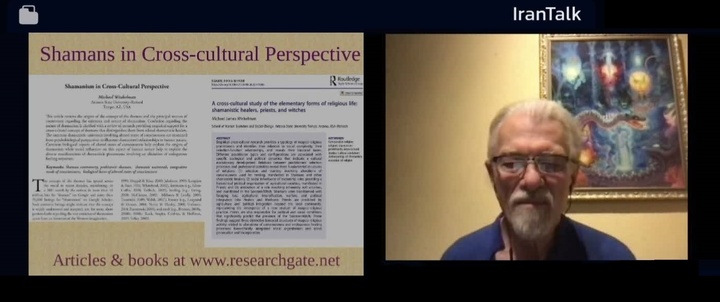Addressing, the 12th session of the “Pilgrimage in the World” webinar series, held with the theme of “Healing and Sanctity: A Global Experience from Ritual to Faith”, Michael Winkelman, a retired professor at Arizona State University termed healing as “a sacred experience that transcends medical treatment”.
He presented findings from a cross-cultural study that analyzed healing and sanctity across societies, focusing on shamans, ascetics, church clergy, and sorcerers.
The research, titled “Pilgrimage and Healing,” examines shamanic healing through a biopsychological lens, exploring its evolutionary and biogenetic foundations.
Winkelman cited philosopher Mircea Eliade’s view of shamanism as a state of ecstasy, where the shaman travels beyond the body and communicates with the spiritual world on behalf of the community.
He raised the question of whether shamanism is a universal transcendent reality or a concept limited to Siberian cultures.
The study uses quantitative methods and local ethnographic data, including counts of ascetics and shamans and analysis of their practices.
Variables such as ritual domains, ancestral ceremonies, sociopolitical roles, gender, economic status, and ethics were examined.
“In Indo-European religious history, shamanic figures appeared as Brahmans in India and Magi in ancient Iran”, Winkelman noted.
The scholar emphasized: “Healing responses are linked to psychological and social mechanisms, including music, joy, and neurochemical processes that enhance immunity”.
The webinar also explored the relationship between pilgrimage and healing, analyzing factors such as physical travel, sacred sites, separation from daily life, personal connection with holy figures, cultural myths, and direct engagement with the sacred.
Winkelman argued: “There is a distinction between treatment and healing; while treatment is administered by physicians, healing is a spiritual experience achieved through connection with the sacred”.
He concluded that communal gatherings can trigger neurochemical reactions in the brain, leading to healing effects.


Your Comment